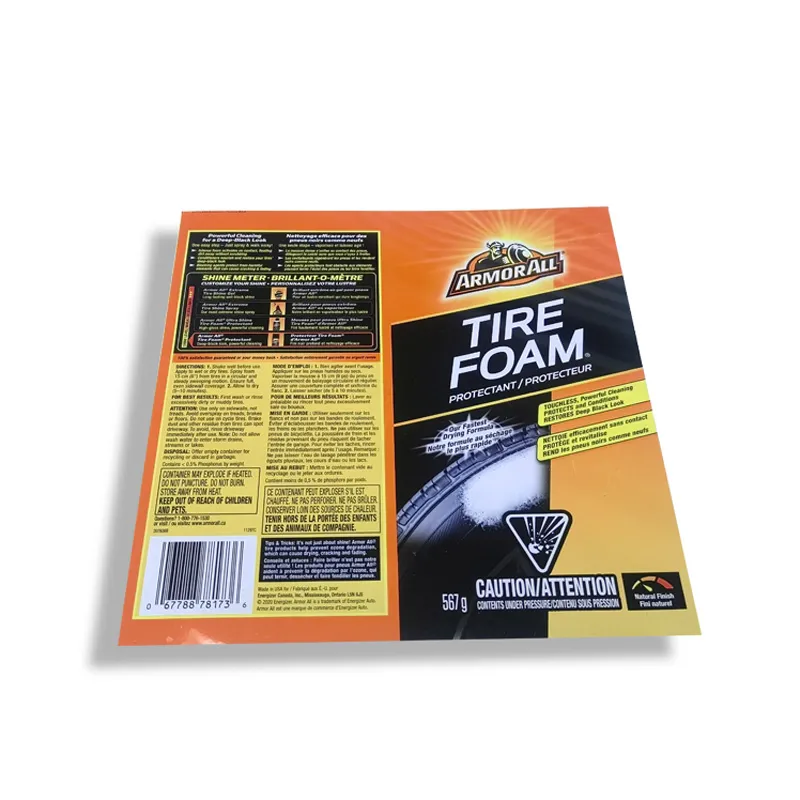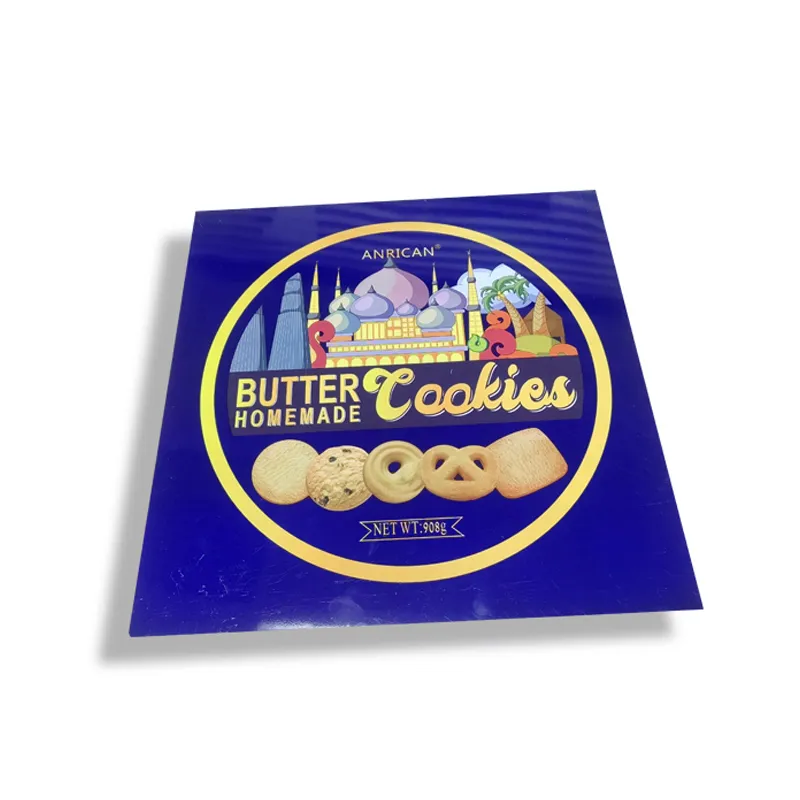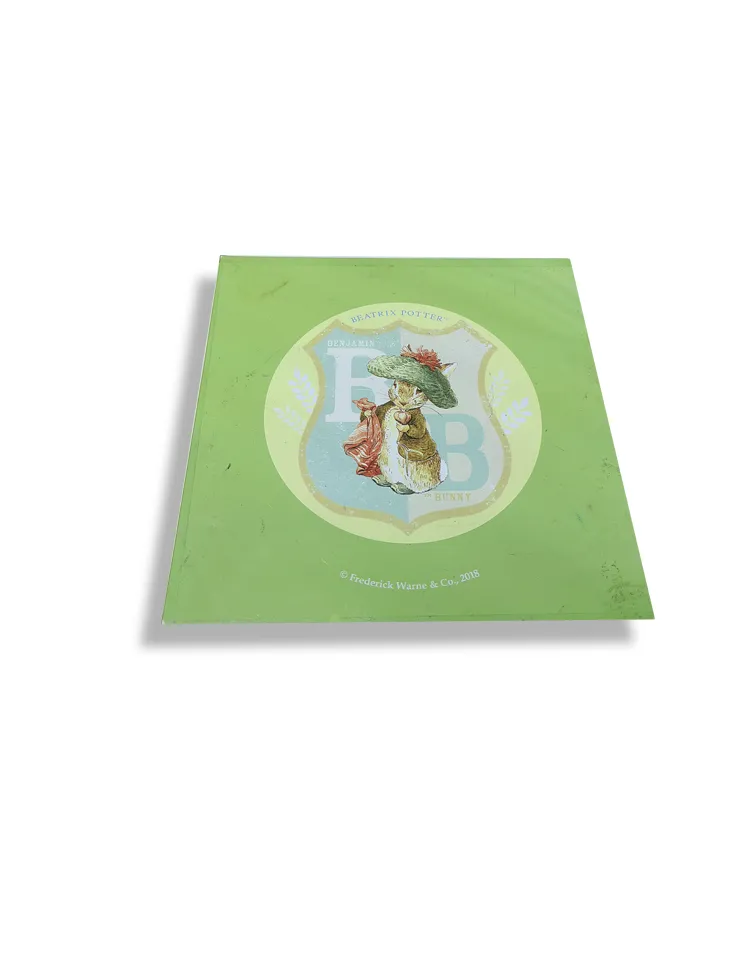In modern food, beverage, cosmetics and other industries, tin plate sheets have been widely used as a high-performance metal packaging material. Its excellent corrosion resistance, oxidation resistance and strong mechanical strength make tin plate sheets an ideal material for making canned food, aerosol cans, gift boxes and other packaging containers. However, as the market's requirements for packaging aesthetics continue to increase, printing tin plate sheets has become a vital part of the production process. The printing process of tin plate sheets is not only related to appearance, but also closely related to whether it can maintain high-quality patterns under harsh transportation and storage conditions.
To complete high-quality tinplate printing, you must rely on a series of professional equipment. This article will systematically introduce the key equipment required for printing tinplate sheets from the perspective of equipment to ensure that every step from sheet preparation to the final product can meet the requirements of efficient, accurate and safe production.

Preparation equipment before printing
Before formal printing, tin plate sheets need to undergo a series of treatments to ensure that the surface is smooth, clean, and suitable for subsequent printing processes. The following equipment is indispensable in the preparation process before printing.
Tinplate sheet cleaning equipment
Cleaning is the first key process before tinplate printing. During the processing and transportation of tin plate sheets, the surface may be contaminated with impurities such as oil, dust, and metal particles, which will affect the printing effect. Therefore, it is necessary to use special cleaning equipment to thoroughly clean the tin plate sheets. Cleaning equipment usually uses cleaning materials such as high-pressure water flow and degreasers, and wipes and cleans with mechanical tools such as rollers and brushes to ensure that there is no residue on the surface.
The cleaned tin plate sheet needs to be dried immediately to prevent the surface from being contaminated again. Many cleaning equipment will integrate automatic drying systems, using hot air or infrared drying technology to completely dry the sheet in a short time.
Tinplate sheet pre-coating equipment
Before pattern printing, in order to improve the adhesion of ink and printing effect, tin plate sheets are usually coated with a layer of primer. The primer not only enhances the adhesion of printing ink, but also provides a more uniform base for subsequent color printing, effectively improving the color saturation and stability of the final product.
The equipment for pre-coating primer generally adopts spraying or rolling process. The pre-coating equipment has the characteristics of high speed and uniform coating, which can ensure the uniform thickness of the primer coating. In addition, the primer needs to be cured in a high temperature environment, so the equipment is usually equipped with a drying oven to ensure that the primer is fully dried.
Coating machine
The coating machine is also an indispensable equipment before printing, especially when the tin plate sheet needs to be coated with multiple layers. It can evenly coat the iron plate to provide the required surface quality for printing or subsequent processing. There are various types of coating machines, including different types for water-based coatings, oil-based coatings and UV coatings. The selection of specific equipment depends on the requirements of the production process.

Printing equipment
The printing of tin plate sheet is the core link in the production process. Modern tinplate printing technology uses advanced technology and efficient equipment to ensure accurate color, clear patterns and long-lasting weather resistance and corrosion resistance. The following are the main equipment required to complete the printing operation.
Lithographic printing machine
The lithographic printing machine is one of the most commonly used equipment for printing tinplate sheets, especially for large-scale pattern printing. Lithographic printing is an indirect printing method that uses the principle of mutual repulsion of water and ink to print the image on the rubber cylinder first, and then the cylinder transfers the image to the tin plate sheet. Due to the non-contact nature of this printing method and the precision of the printed image, the offset printing machine can ensure that the pattern on the surface of the tin plate sheet is bright, clear and lossless.
The offset printing machine also has the function of multi-color printing, and can perform four-color printing (i.e. CMYK color model), so as to achieve rich colors and gradient effects on the tin plate sheet. The high level of automation of this type of printing machine also improves production efficiency and is suitable for large-scale printing needs.
Offset printing machine
Offset printing machine is also one of the main equipment for printing tinplate sheets. It transfers the image on the printing plate to the tinplate sheet through the interaction of the lithographic plate and the rubber cloth cylinder. The advantages of offset printing are high color reproduction, clear patterns, and the ability to handle multi-color complex patterns. Therefore, it is widely used in tinplate packaging printing in the food, beverage and other industries.
The design of the offset printing machine allows for quick replacement of printing plates and inks, and can perform high-precision multiple printing without damaging the sheet. Especially for metal materials such as tin plate sheets, the pressure regulation system of the offset printing machine can ensure that there is no deformation or damage to the material during the printing process.
Screen printing machine
Screen printing machine is a device used to print larger blocks of color and special textures. Unlike lithography and offset printing, screen printing is simpler, and the ink is directly printed onto the tinplate sheet through the openings of the screen. Screen printing machines are suitable for printing some special effects, such as metallic texture, matte effect, etc.
Although the precision of screen printing is relatively low, its ink thickness is large and its wear resistance is good, which is suitable for the printing needs of some special products. For example, the logo or pattern of can packaging often needs to have a certain convex or concave effect, which can be easily achieved by screen printing machine.
Flexographic printing machine
Flexographic printing machine is a high-speed printing equipment, especially suitable for long-run live printing. Flexographic printing is a method of transferring ink through a soft resin plate, which is suitable for printing large areas of background color or simple graphics. Compared with offset printing and screen printing, flexographic printing machines are simpler to operate and have the advantages of high efficiency and low cost.
Flexographic printing machines are suitable for printing thin coatings, can dry quickly, and are suitable for use in efficient production lines. Especially in the production process of tinplate, flexographic printing machines are often used to print background colors and simple text logos.

Post-printing processing equipment
After printing, tinplate sheet does not mean that it can be put into use immediately. In order to ensure the stability of the pattern and the durability of the sheet, a series of post-processing processes are required. These treatments also require special equipment to complete.
Drying furnace
Drying is an indispensable step after tin plate sheet printing. The ink after printing needs to be cured under high temperature conditions. The drying furnace usually uses infrared or hot air systems to quickly cure the printing ink and ensure its adhesion. After the printed sheet is dried, the ink layer can be stable and not easy to fall off or wear.
Modern drying furnace equipment also has a temperature regulation function, which can accurately control the temperature and time according to the drying characteristics of different inks to ensure the color stability and durability of the printed pattern.
Laminating machine
In order to further improve the protectiveness of the printed pattern, the tinplate sheet is sometimes laminated. Laminating can increase the wear resistance and corrosion resistance of the sheet, especially when the printed pattern involves complex colors, laminating can effectively prevent the pattern from being scratched during use.
The laminating machine can cover the surface of the tin plate sheet with a transparent protective film. Common laminating materials include polyester film, UV film, etc. These films can increase its durability while maintaining the clarity of the pattern.
Cutting and punching equipment
The printed tinplate sheet often needs to be cut and punched according to different packaging requirements. The cutting machine and punching machine can cut large sheets of tin plate sheet into suitable shapes or sizes to ensure that they can be accurately adapted to the needs of various packaging products in subsequent processing.
During the punching process, the punching machine can bend the tinplate sheet into packaging forms such as cans and boxes through precise molds. The precision and force control of the punching machine directly affect the quality of the finished product, so this is a very important process in the production process of tinplate sheet packaging.

